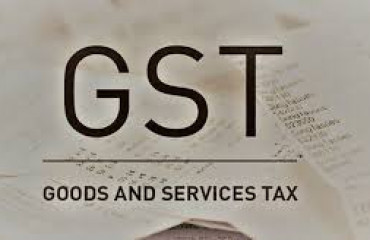
The great tax simplifier has not met its promise so far. GST has spurred formalization and scored its ‘one market’ goal, but it awaits a major reset to prove itself historic as a reform
The great tax simplifier has not met its promise so far. GST has spurred formalization and scored its 'one market' goal, but it awaits a major reset to prove itself historic as a reform
 Premium
PremiumIn 2017, at the stroke of the midnight hour, India was set to awaken to the light of a tax reform so bold that its 1 July launch was mounted on a freedom-marker scale in Parliament. How our Goods and Services Tax has fared since, however, makes the heraldic contrast with 1947 look worse than the concept of GST merits. And to the extent that India's tryst with destiny rides on our economic emergence, we cannot afford to take GST's potential gap lightly. In terms of jurisdiction, by unifying the country into a single market—a plus for investors and the pitch of its hard-sell—it achieved a basic aim. Given the constraints of politics, this part was admirably hard-won. Today, with its monthly mop-up above ₹1.5 trillion, a fiscal anxiety over GST revenue has begun to ease at last; this buoyancy could relieve state coffers of their need for cess top-ups. By acting a slice-off of value addition instead of sale prices, its design got informal units to sign up—drawn by input credits and pushed by business clients. Much of its switchover pain is now in the past, as technical glitches and administrative snarls get sorted out. Compliance has improved, with geo-tags and biometrics reportedly under trial for the Centre's arsenal against tax fraud. Gross GST intake finally looks likely to go above 6.5% of GDP, which is another bright sign. Even so, its progress needs to be mapped, above all, by its reformist impact on the economy.
As a generic idea, the core promise of GST is what many consider the first canon of taxation: Simplicity. A single rate levied on all goods and services would not just be easy for all to grasp, it would close most if not all space for tax variability by whim, which is always a critical factor in businesses being more state- than market-oriented. By putting tax policy on auto-pilot above lobbies, a simple tax reduces the state's role in shaping outcomes and boosts the market's, which is what we must aim for in an economy that's yet to slough off legacy burdens. Alas, a stated need to keep rates 'progressive' so that luxury buyers pay more, while a reasonable call in itself, has nudged Indian GST down a slippery slope of kaleidoscopic levies enforced through multiple slabs and definitions. So distorted has the old rationale got, with tweaks galore, that the GST Council has been bogged by tiny specifics like inverted input rates in value chains. And then we have the distortive effects of various exceptions and options too, with input-credit vexations in many sectors. As for how exactly GST kicks in, exporters, firms with costs spanning states and other taxpayers big and small still bemoan a clarity deficit. Clearly, it's anything but simple.
The overarching goal of such a reform is a more efficient economy. GST is designed to lower the overall cost-base by taxing only the value that's added, relieving us of a cost pile-up as one item's burden feeds into the next along a chain of usage. Credit for tax paid on inputs also aids specialization by letting us outsource what's better done by others taxlessly. As Adam Smith illustrated with his pin-factory example, efficiency arises primarily from work allotted optimally. But our post-2017 record on this aspect, like our pre-1991 economy, has been mixed. While micro cases of gains made on superior resource allocation can be cited, the impact of GST on macro variables is far less discernible than we had hoped six years ago. Sure, we've had little stability. But that goes for GST too. All said, for this tax to stake a claim to history, it needs a reset that's free of warps.
